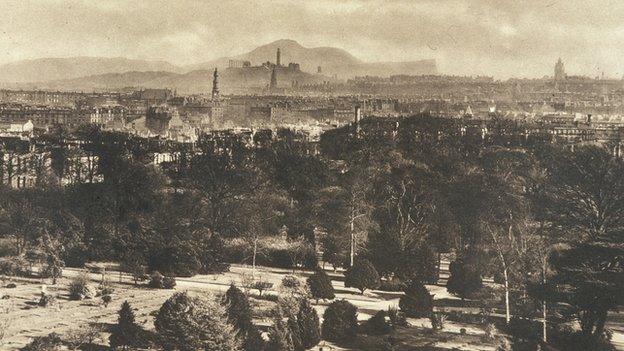Cambridge University's winter garden marks 40 years
- Published
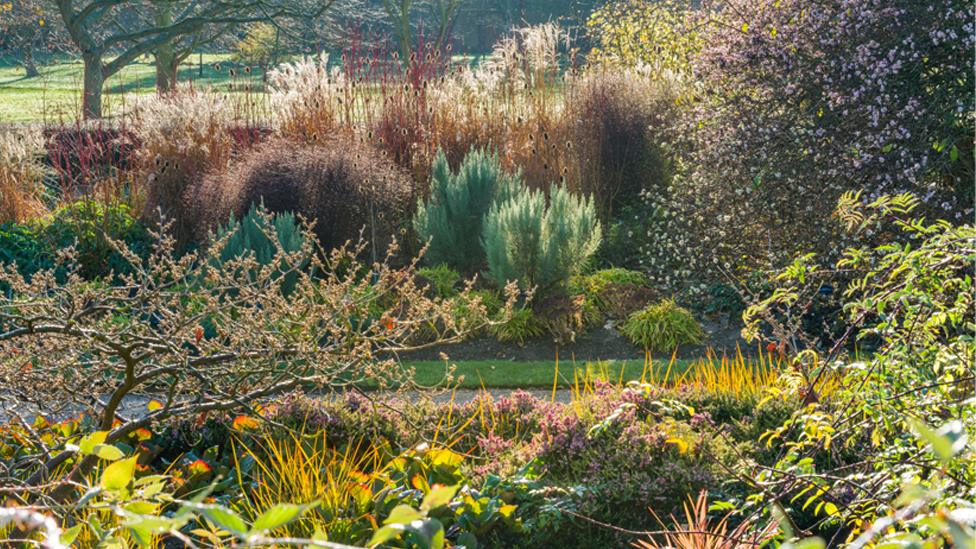
The half-acre (0.20 hectares) winter garden is within the 40 acre (16 hectares) Cambridge University Botanic Garden
A winter garden used by a university as part of its research is marking its 40th anniversary.
Cambridge University said it was "the first winter garden to be created in a botanic garden in the UK".
Planting a garden "specifically designed to be beautiful in the depths of winter was novel" in 1979, according to university gardener Pete Kerley.
It is part of the university's botanic garden, where a Titan Arum "rotten flesh" flower bloomed in 2015.
Mr Kerley said the winter garden remained "a leader in its field".
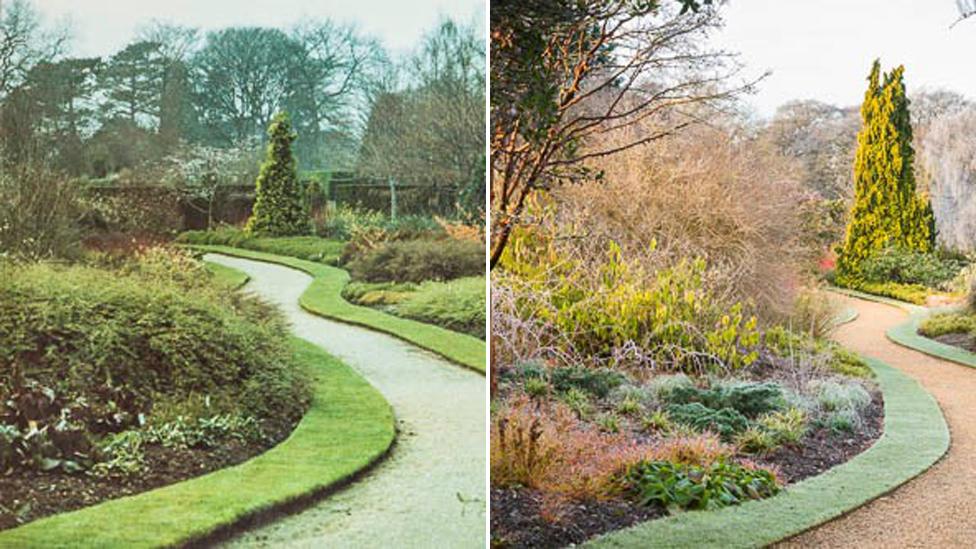
The south-facing garden was planted to make use of winter light. Above left, shows the winter garden before planting and right, shows after planting
Cambridge University Botanic Garden is used for research, education and conservation and it is also open to the public.
It maintains the university's collection of 8,000 plant species from around the world.
Garden supervisor Norman Villis and garden superintendent Peter Orriss designed the winter planting scheme.
A university spokeswoman said the idea captured the imagination, with people writing in wanting information on plants.
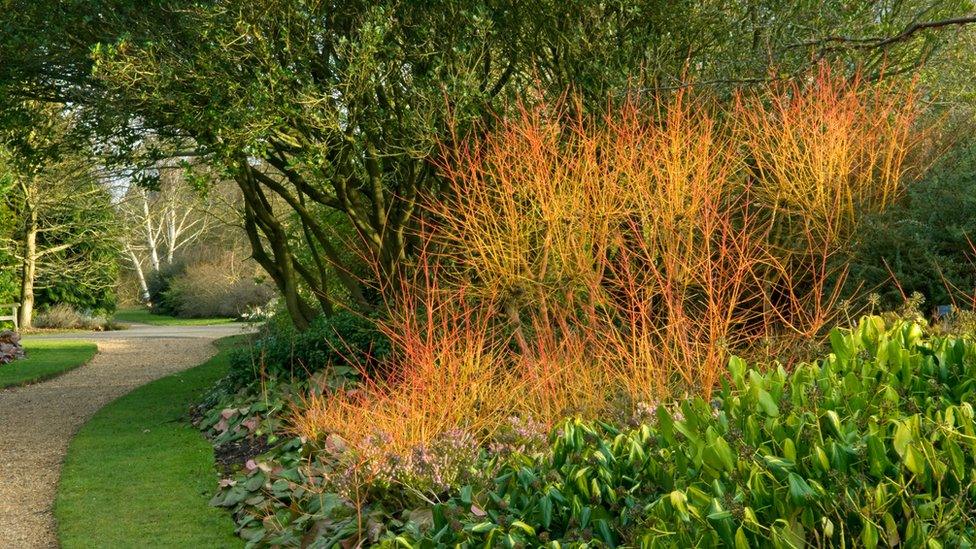
Originally large conifers were planted, but as the garden has evolved they were removed. "Rare and unusual plants" such as the Cornus sanguinea Midwinter Fire, above, have been added to offer "striking winter colour"
Winter gardens and planting for winter colour is now more commonplace, she added.
Mr Kerley has worked in the winter garden since its inception - his first job was sweeping up leaves in its grounds.
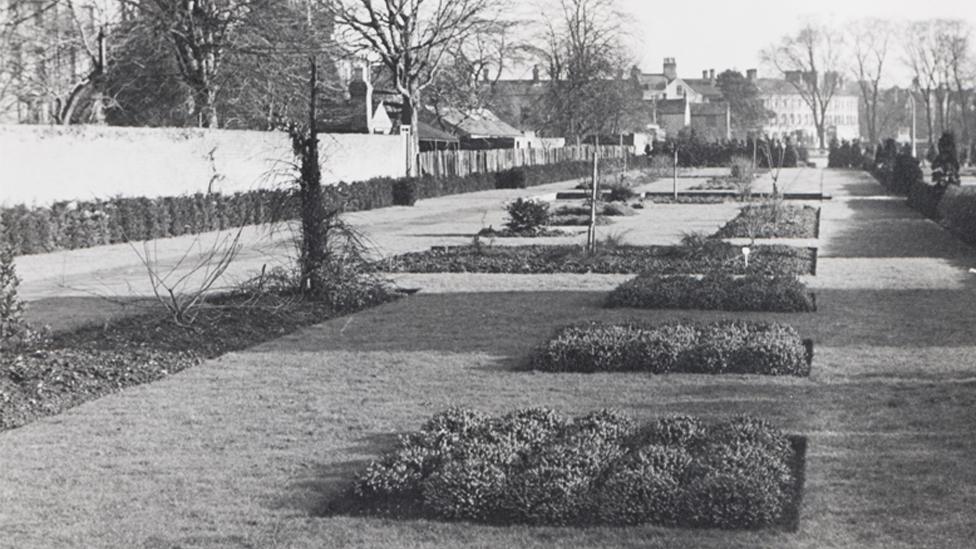
In the 1950s, the planting was very formal with dogwood and heather in a long, narrow corridor

The garden includes Rubus phoenicolasius (Japanese wineberry), traditionally grown for its fruit, but here used for its ornamental qualities when backlit by the sun
Mr Kerley, who is now in charge of the winter garden, said "aspect, light, scent, colour, form and texture" are all important as it continues to develop.

From the 1980s onwards, the team received requests from other gardens asking for the names of plants. Mr Kerley said they continue to introduce new plants and cultivars as the garden evolves
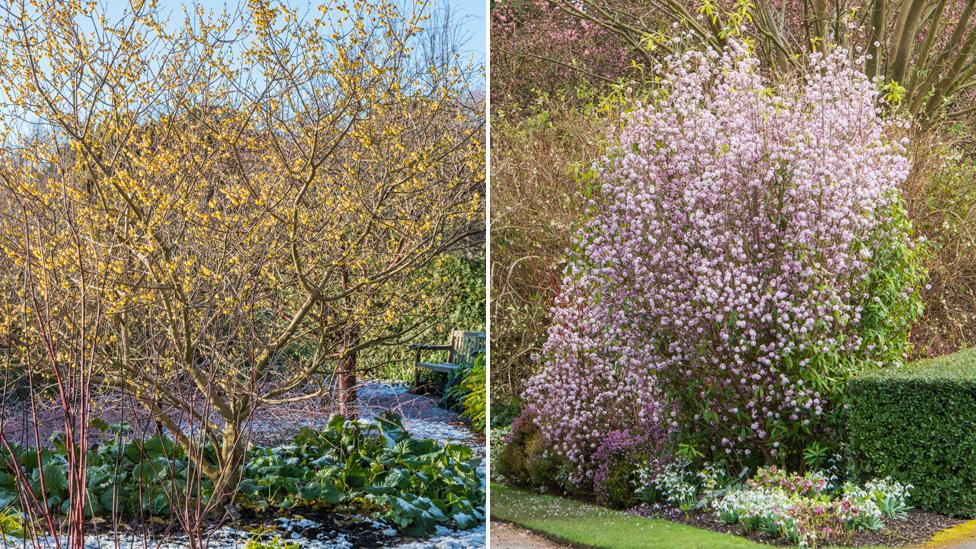
Colour is important, but so is scent - the Daphne bhlouastil Jacqueline Postill "pumps out such a perfume", according to assistant gardener David Austrin
- Published26 September 2017
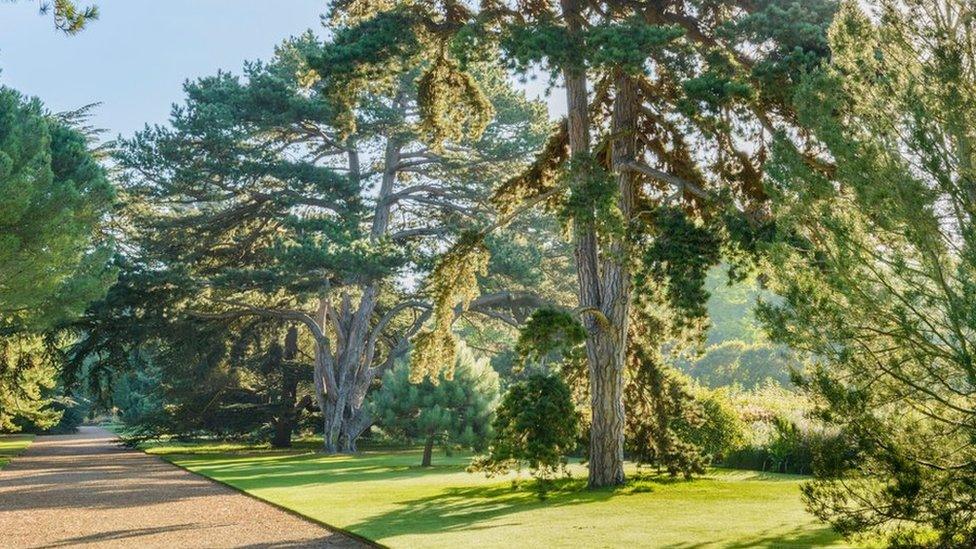
- Published26 June 2017
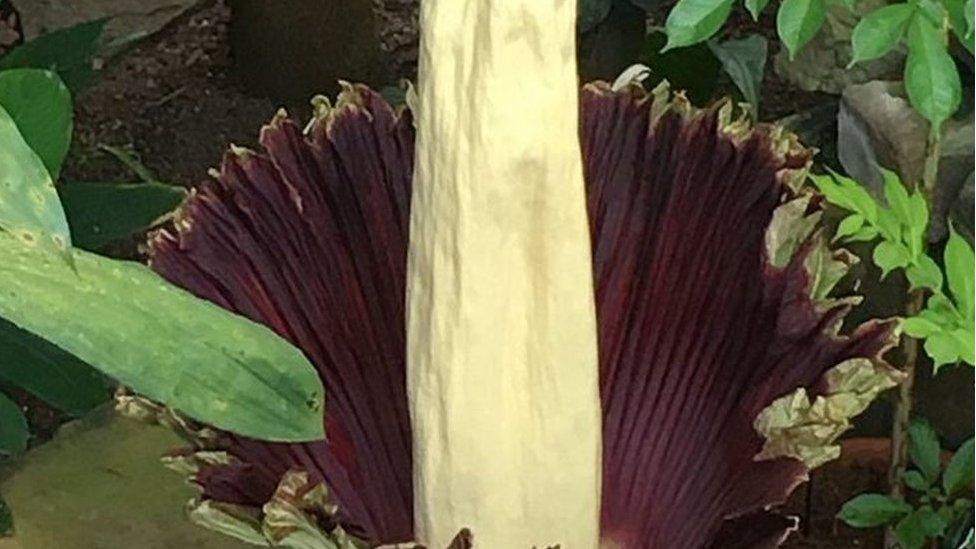
- Published18 May 2013
